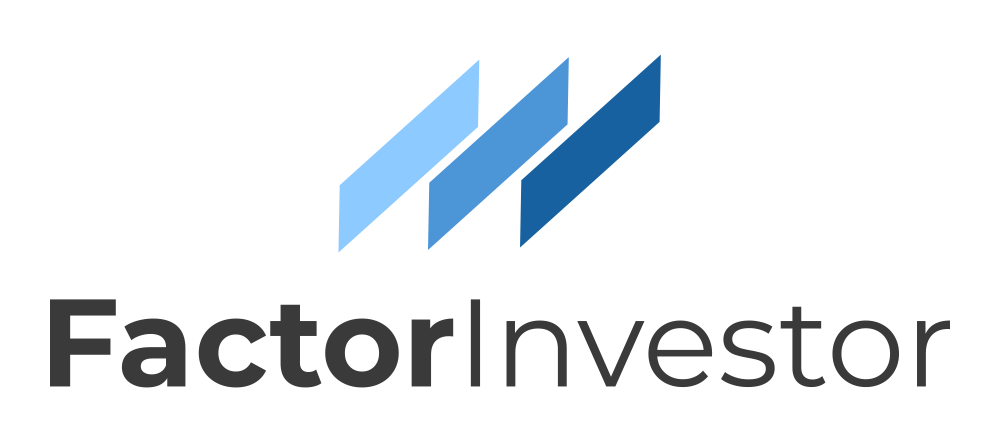Cognitive Dissonance: Why the Fed will raise rates in the not too distant future
The Fed is in quite a predicament. Economic cycles typically last seven to ten years. The current cycle will be seven years old in early 2016. Humans have known of this cyclical pattern quite literally since the Book of Genesis--seven years of fat, seven years of famine. At some point, the current bull will yield to a bear market as all bull markets have. The Federal Open Market Committee (FOMC) knows this too, and it is top of mind in their policy deliberations. The Fed is an actor of last resort during difficult periods--theoretically. It is supposed to be a counter-cyclical resource that enters the market when times are tough. Given the protracted period of easy monetary policy since 2009, the Fed has largely exhausted the policy tools at its disposal should another crisis occur.
Policy tools
The Fed has three key tools, among others, to influence monetary policy. It can raise or lower the short-term discount rate, engage in open market operations, and/or adjust the reserve requirements of banks. The objective of the first tool is to set the cost of money--i.e. short term interest rates. Lower interest rates generally spur greater economic activity, but can also cause inflation. The latter two tools can be used to increase or decrease the amount of the monetary base. Increasing the size of the monetary base stimulates economic activity, but can also lead to inflation.
The statement is often made that the Fed does not control long term interest rates. This statement is sort of true. Open market operations, known most recently as Quantitative Easing (QE), is the Fed's attempt at controlling long-term rates in order to spur the economy. Since many parts of the economy, like mortgage rates, are based off of 10 year Treasury yields, purchasing Treasury's in the open market pushes down long term interest rates (yields and prices move in opposite directions). QE, however, is over in the U.S. Long term rates have been left to their own devices.
Warning signs
Long-term rates are lower today than they were when QE was concluded last October, which suggests investors are fearful for what is on the economic growth horizon. About a year ago, the Consumer Price Index (CPI) was clocking in at 2.0% year over year, a sign of robust growth in the economy. That number has come down drastically, with the most recent reading at just 0.2% year over year. While CPI measures past inflation, an easy check for the market's expectations for future inflation is the yield differential between Treasury's and their Inflation-protected brethren, TIPS. Notice in the chart below how much the market's expectation for inflation for the next two years has fallen--from 1.31% to 0.22%. This suggests investors are not as sanguine about the economy's prospects as Fed decision-makers.
Poor timing
The Fed made the decision to end QE based on two strong nominal quarterly GDP prints in Q2 and Q3 of 2014. Unfortunately, the following two quarters, 4Q14 and 1Q15, were abysmal on a relative basis.
Just as the Fed was taking its foot off the gas, oil crashed and the U.S. dollar (USD) rallied. Both are negative developments for the U.S. economy. As I have written about here, the USD rally is nearly unprecedented.
More warning signs: Petro and dollar headwinds
Oil and the dollar tend to be inversely correlated (USD strengthens when oil declines and vice versa) because oil is mostly traded on global markets in USD. A positive by-product of Nixon's foreign policy was a 1973 agreement with the shah of Saudi Arabia that oil traded in USD. Other OPEC countries followed suit by 1975, thus, creating a consistent and abundant demand for USD on the global marketplace. This solidified USD's place as a global reserve currency.
Consideration for movements in oil prices and the dollar should be as important to the Fed's upcoming interest rate decision as inflation and employment because the four items are joined at the hip. Oil entered the lift-off stage in 2002. Since then, capital expenditures (capex) in the Energy sector have grown at an inflation-adjusted 11.5% annual rate. Capex for all other sectors, however, has grown at a whopping 0.3% annualized pace. Energy investment has fueled substantial economic and employment growth in the U.S. for greater than a decade. Significant headwinds are in the offing for the U.S. if oil stays at its current depressed levels.
USD strength has already started to impact the earnings of U.S. multinationals. From Merck to Colgate-Palmolive, companies that generate a significant portion of their earnings overseas face headwinds in the coming quarters. Though companies have already experienced the short-term earnings hits associated with foreign exchange translation effects, the true concern is the ongoing competitiveness of U.S. companies in a highly interconnected global economy.
A forced hand
Despite the warning signs from oil, dollar strength and market expectations, the Fed will raise rates to preserve an ability to exercise its policy tools in future crises. As the adage goes, too much of anything is not a good thing. We have achieved diminishing marginal return on the benefits of central bank intervention. In a world awash with sovereign and corporate debt, geopolitical crises, and an aging bull market, the central bankers must keep some dry powder for darker days. Though this may cause volatility in the coming months, a decline in Central Bank intervention is a positive long term development for markets. As I have written before, fear is a priceless asset for smart investors. Patient investors with multi-year horizons will add to the most beaten down areas of the market.


